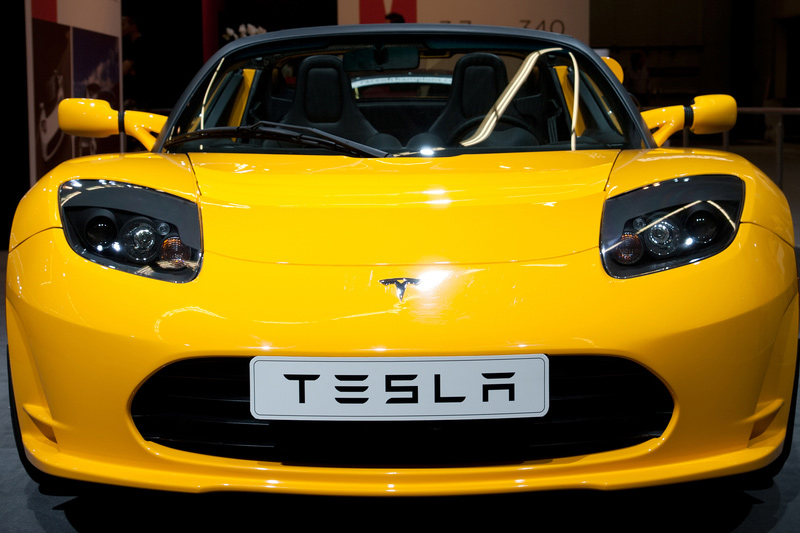Oracle releases AI Database 26ai with built-in artificial intelligence
Investing.com -- Tesla (NASDAQ:TSLA)’s autonomous vehicle strategy is shifting focus from battery range to computing hardware capabilities as the key metric for consumers, according to Deepwater Asset Management Managing Partner Gene Munster.
In his analysis, Munster identifies three hardware generations that will determine Tesla’s autonomous future: HW3, HW4, and the upcoming HW5. He estimates approximately 1.4 million U.S. Tesla vehicles currently use HW3, which runs software version v12.6.4 and lacks the smoothness and object recognition capabilities of newer hardware.
The approximately 1.2 million vehicles equipped with HW4 are running version 13.2.9, released in May 2025. HW4, which began rolling out in early 2023, offers 3-8 times the computing power of HW3 according to Elon Musk. This hardware currently powers Tesla’s Austin robotaxi fleet, which has expanded from 15 to about 35 vehicles in three weeks.
Munster predicts Tesla may refund $8,000-$10,000 to customers who purchased Full Self-Driving (FSD) on HW3 vehicles rather than upgrading their hardware, potentially costing the company $40-$80 million - a manageable expense given Tesla’s $37 billion in cash and investments.
Looking ahead, HW5 is expected to launch early next year with approximately 10 times the processing power of HW4. Munster believes HW5 will likely be necessary for Tesla to achieve Level 4 or Level 5 autonomy and expand its robotaxi fleet to compete with ride-sharing services like Uber (NYSE:UBER).
Musk aims to have more than a thousand cars in Tesla’s robotaxi fleet across multiple cities by the end of the year, which Munster considers realistic. However, he notes that the pursuit of better hardware will continue indefinitely as computing requirements for autonomous driving continue to increase.
This article was generated with the support of AI and reviewed by an editor. For more information see our T&C.
